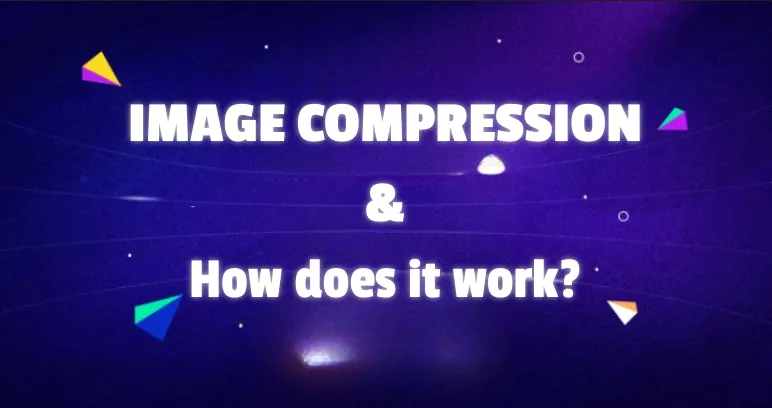What is image compression?
Image compression is a process of reducing image file size. Image compression doesn't change the dimensions of an image but compresses its data instead.
In essence, a compression and its file type are applied immediately when the image is created. The compression type usually depends on the device used to produce the image. Also, the software employed to save and store the images.
The primary goal of image compression is to reduce the amount of data required to represent an image, making it more efficient for storage, transmission, and processing. Compression is especially crucial in situations where large amounts of image data need to be managed, such as in digital photography, video streaming, and web applications.
Are you looking to compress your images? Use classtools24's image compressor to compress your images without losing the quality.
Compress imageThere are two main types of image compression: lossless compression and lossy compression.
Lossless Compression:
- In lossless compression, the original image can be perfectly reconstructed from the compressed version. No information is lost during the compression process.
- Common lossless image compression formats include PNG (Portable Network Graphics), GIF (Graphics Interchange Format), RAW & BMP.
- Lossless compression is often preferred when preserving every detail of the image is critical, but it may not achieve as much compression as lossy methods.
Lossy Compression:
- Lossy compression achieves higher compression ratios by discarding some information that the human eye is less likely to notice. This results in a reduction in image quality, but the goal is to minimize the perceptual difference.
- Common lossy image compression formats include JPEG (Joint Photographic Experts Group) and WebP.
- Lossy compression is suitable for scenarios where a certain amount of quality loss is acceptable, such as in multimedia applications and web-based images.
How Image Compression Works?
Transform Coding: Many image compression algorithms use transform coding, where the image is transformed from the spatial domain (pixel values) to a frequency domain using mathematical transformations like the Discrete Cosine Transform (DCT). Transform coding helps concentrate most of the image energy in fewer coefficients, making it easier to discard less important information.
Quantization: After transforming the image, quantization is applied to reduce the precision of the transformed coefficients. This step involves rounding or truncating values, which leads to a loss of information. In lossy compression, quantization is more aggressive to achieve higher compression ratios.
Entropy Coding: The quantized coefficients are then encoded using entropy coding techniques, such as Huffman coding or arithmetic coding. These techniques assign shorter codes to more frequently occurring values, further reducing the overall bit rate.
Run-Length Encoding: In addition to the above steps, some compression methods use run-length encoding to represent sequences of identical or similar values more efficiently.
Predictive Coding: In some cases, predictive coding is employed, where the values of pixels are predicted based on neighbouring pixels, and the difference (residual) is encoded.
Why Image Compression is needed?
Image compression is essential for various reasons. The main reason can be to save bandwidth while serving images online.
The speed at which a website loads is based on two things: the speed of the internet connection and the amount of data stored within the website. While we can't control the former; we can control the latter. By reducing the size of images that will be placed on our website, we also reduce the total data that needs to be loaded each time a viewer visits it. Compressing images is essential for a fast website which will hold the user’s attention.
Here are the main reasons to "Why Image Compression is needed?
- Saves space: Compressed images require less storage space, which is beneficial for archiving large collections of images and optimizing disk space.
- Easy to transmit: Smaller image files are quicker to upload and download, making image sharing and website loading times faster.
- Saves bandwidth: Reduced file sizes are crucial for efficient data transmission, which is essential for applications like video streaming and video conferencing.
- Reduce loading time: Compressed images are essential for mobile applications and websites, where fast loading times and efficient use of mobile data are critical.
- Medical Imaging: In medical imaging, compressed images help reduce storage and network transfer requirements while maintaining diagnostic quality.
Do you know classtools24.com offers advanced image compressor for free? Compress unlimited images with advanced controls.
Try advanced image compressorFinal verdict:
Image compression indeed involves techniques to reduce the file size of an image while maintaining an acceptable level of image quality. The elimination of redundant or unnecessary data is a key aspect of this process, leading to more efficient storage and transmission of images. By implementing compression methods, the demands on storage capacity and bandwidth can be significantly reduced, making it practical for various applications, including digital photography, web content, and multimedia communication.
